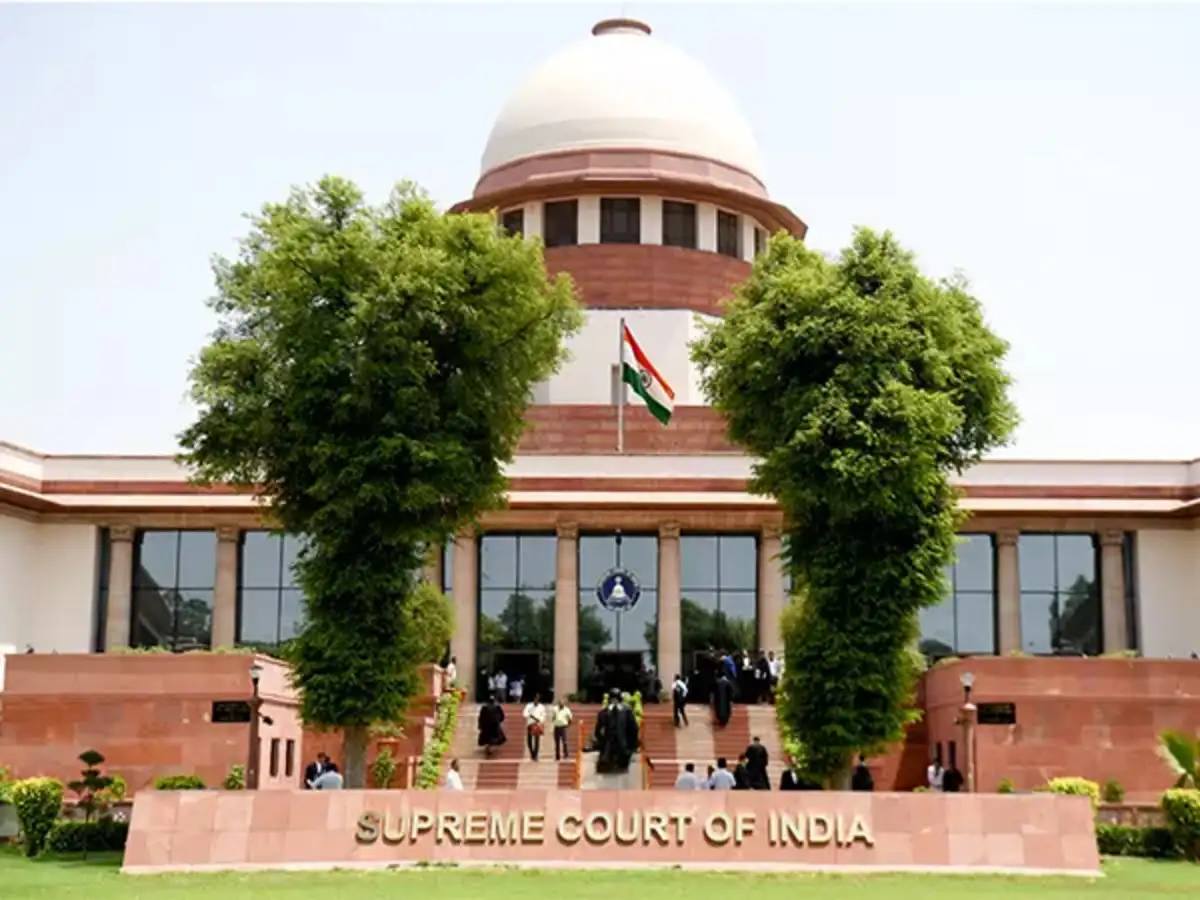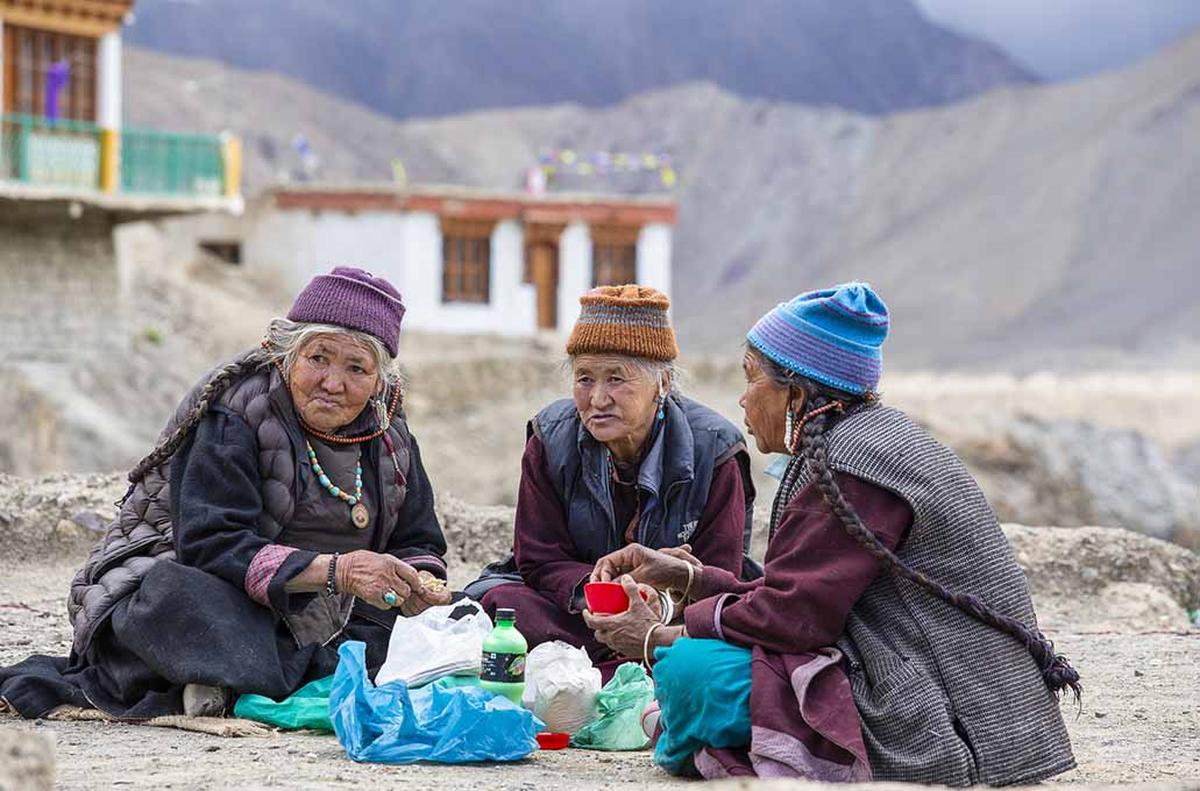- Courses
- GS Full Course 1 Year
- GS Full Course 2 Year
- GS Full Course 3 Year
- GS Full Course Till Selection
- MEP (Mains Enrichment Programme) Data, Facts
- Essay Target – 150+ Marks
- Online Program
- GS Recorded Course
- NCERT- First Ladder
- Polity
- Geography
- Economy
- Ancient, Medieval and Art & Culture AMAC
- Modern India, Post Independence & World History
- Environment
- Governance
- Science & Technology
- International Relations and Internal Security
- Disaster Management
- Ethics
- Current Affairs
- Indian Society and Social Issue
- CSAT
- 5 LAYERED ARJUNA Mentorship
- Public Administration Optional
- ABOUT US
- OUR TOPPERS
- TEST SERIES
- FREE STUDY MATERIAL
- VIDEOS
- CONTACT US
Kerala High Court Allows Trans Couple as "Parents" on Birth Certificates
Kerala High Court Allows Trans Couple as "Parents" on Birth Certificates

- In a decision on June 2, 2025, the Kerala High Court ruled that a transgender couple can be listed simply as "parents", instead of "mother" and "father," on their child's birth certificate.
- This decision is very important for recognizing non-traditional families and gender identity in official documents.
What Was The Case?

- The Couple: Zahhad (a trans man) and Ziya Paval (a trans woman) are believed to be Kerala’s first openly transgender couple to have a biological child.
- biological child = a child born to and genetically related to the parents.
- Birth of Child: Their journey gained national attention in February 2023 when Zahhad gave birth, which was a first for India's transgender community.
- Initial Certificate Issue: The Kozhikode municipal authorities initially issued a birth certificate listing Zahhad as "mother" and Ziya as "father."
- However, There was an issue that Kozhikode municipal authorities ignored their self-identified genders.
- Plea Denied: The couple asked to be recognized simply as "parents," but their request was denied by the Kozhikode municipal authorities.
- So, This denial led them to approach the Kerala High Court for a solution.
What was the Legal Argument and Court's Decision?
- The couple was represented by Padma Lakshmi, Kerala's first transgender lawyer.
- Argument for Equality: She argued that refusing their request violated their fundamental right to equality under Article 14 of the Indian Constitution.
- Article 14: She stated that Article 14's meaning of "person" is not limited to just male or female, and transgender individuals have rights and legal protection "in all spheres of state activity."
- NALSA Judgment (2014) Alignment: They also argued that their request was in line with the Supreme Court’s 2014 NALSA judgment, which supports the rights of transgender individuals to identify their own gender.
- High Court's Order:
- Justice Ziyad Rahman AA of the Kerala High Court agreed with the petitioners.
- The court ordered the Kozhikode civic body to issue a new birth certificate.
- The new certificate must remove the columns for "names of father and mother" and instead incorporate the names of the petitioners as "parents" without referring to their specific genders. (The full judgment is still awaited).
What were the Reasons for the Couple's Request?
- Contradiction of Identity: Zahhad, despite giving birth, has identified and lived as male for many years. Forcing them to be labeled "mother" and "father" went against their true identities.
- Child's Well-being: The couple feared that using gendered terms (mother/father) would cause their child lifelong confusion and discrimination in important situations like:
- School admissions.
- Getting official documents like Aadhaar, PAN cards, and passports.
- Scientific Contradiction: Their petition highlighted the "scientific contradiction" of a male (Zahhad identifying as male) giving birth, which led them to request the simple term "Parent."
What is the Significance of the New Ruling?
- This ruling sets an important precedent (a new standard for future cases) in India.
- Moreover, It strongly supports the rights of transgender individuals and their families to self-identify their gender and have that identity officially recognized.
- Additionally, The court also upheld that denying gender-neutral recognition would violate the child's fundamental rights, as well as the parents' rights.
- So, This decision marks a significant moment in the legal recognition and acceptance of diverse family structures in official documents in India.
|
Who are Transgenders?
Historical Context and Global Recognition
What is Status of Transgenders in India
What are the Steps Towards Transgender Rights in IndiaIndia has taken significant steps, primarily driven by judicial pronouncements and subsequent legislation:
Legislative Action: The Transgender Persons (Protection of Rights) Act, 2019Following the NALSA judgment, India enacted the Transgender Persons (Protection of Rights) Act, 2019, which came into effect in January 2020.
|
ENSURE IAS Mains Question
Q: Discuss the significance of the Kerala High Court’s 2025 ruling allowing transgender couples to be listed as "parents" on birth certificates. How does this decision reflect broader developments in transgender rights in India?
( 250 words )
ENSURE IAS Prelims MCQ
Q: Consider the following statements about the Kerala High Court’s 2025 ruling on birth certificates for transgender couples:
- The court allowed transgender couples to be listed as "parents" instead of "mother" and "father" on birth certificates.
- The ruling was based on the fundamental right to equality under Article 14 of the Indian Constitution.
- The ruling legalizes same-sex marriage in India.
How many statements given above are correct?
A) Only One
B) Only Two
C) All Three
D) None
Answer: B



